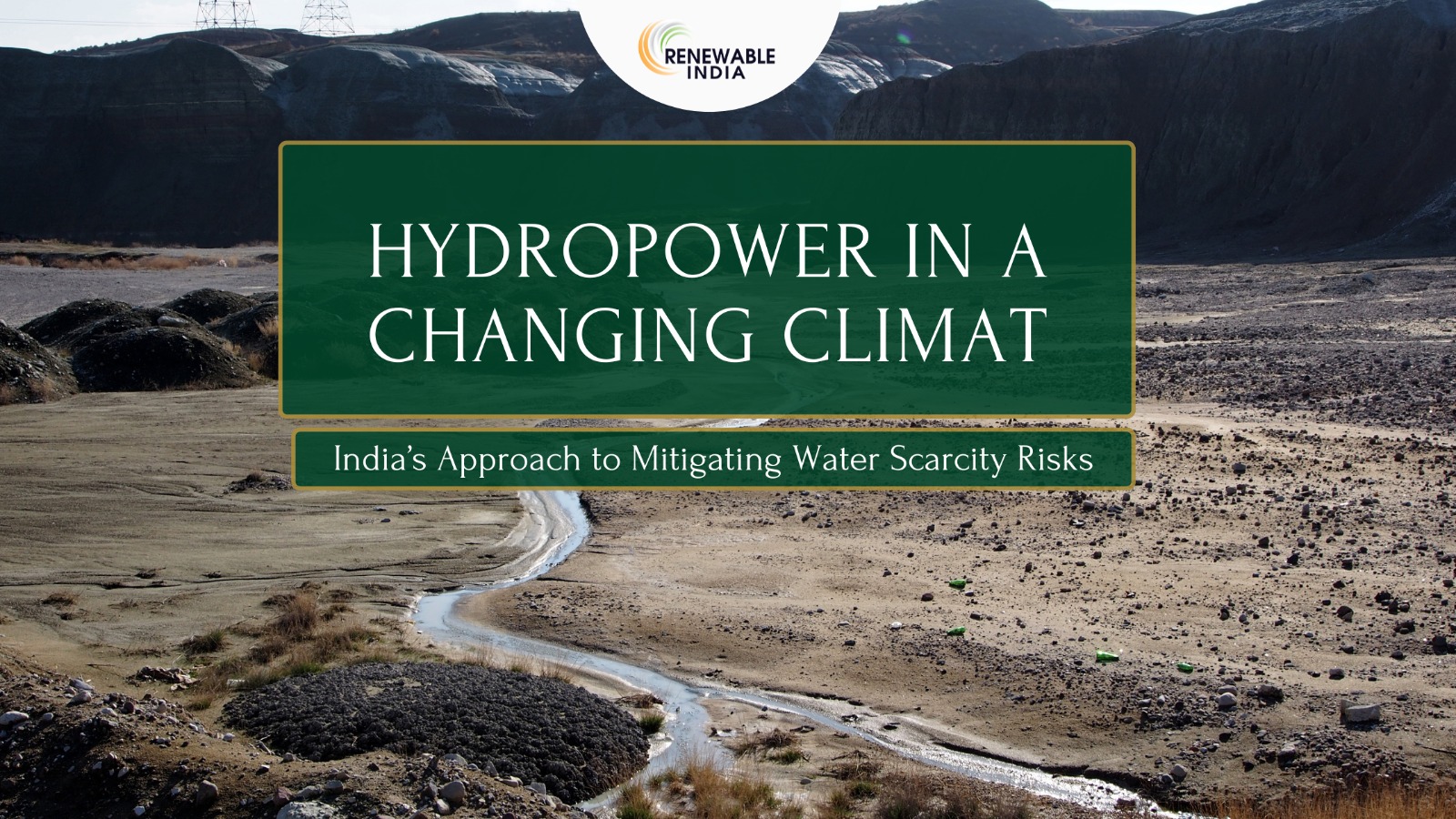
Hydroelectric power is often seen as a reliable and clean energy source, but climate change is starting to contradict this view. Global warming is causing more droughts and floods, which affect the amount of water available for dams to generate electricity. Melting glaciers are another issue, as they reduce the natural water reserves that hydroelectric dams rely on. Irregular rainfall also leads to dry rivers and a shortage in power production. As a result, climate change is making it harder for hydroelectric power to remain a stable source of electricity. Extreme weather conditions, such as droughts and intense storms, cause significant water flow fluctuations, potentially reducing hydroelectric capacity by up to 15% during dry periods. Adaptation strategies, like improved water management, are crucial for mitigation.
Dr. Partha Jyoti Das, Senior Climate and Environment Scientist and also the in-house expert of CFC said, “Climate change is likely to cause changes in local and regional weather and climate patterns that would jeopardize dam operations and trigger more complex and intensive impacts downstream. It has been projected that Himalayan River basins like that of the Brahmaputra River may experience increased summer flows and more flooding for a few decades initially, due to rapid melting of Himalayan and Trans-Himalayan snow and glaciers.”
Source: https://climatefactchecks.org/how-climate-change-is-impacting-indias-hydropower-generation/
Climate change is reducing the water availability in India, posing challenges for hydroelectric power generation, contributing around 12% to the national grid. Unpredictable monsoons and prolonged droughts have led to a 20-25% reduction in reservoir levels in key hydropower states like Himachal Pradesh and Uttarakhand. Deglaciation in the Himalayas, at a rate of 15-20 meters annually, further disturbs river flow, reducing hydroelectric output by up to 19% in some regions. Adaptation strategies include enhancing dam storage capacity, deploying pumped storage solutions, optimizing water management, and integrating renewable sources like solar and wind to diversify the energy mix.
A recent example is the impact of Climate change on the Tehri Dam, one of India’s major hydropower projects in Uttarakhand. The dam relies on the Bhagirathi River, which the Himalayan glaciers feed. However, the dam is seeing less water entering it now because of irregular rains and deglaciation.
From 2014 to 2020, the region saw a 15% decrease in annual rainfall and a 30% reduction in snow cover. This has led to lower water levels in the dam’s reservoir and a drop in power generation, especially during the dry months.
To address these challenges, India is working on increasing the dam’s storage capacity, implementing water conservation strategies, and adding more renewable energy sources like solar and wind to help balance the power supply.
The International Energy Agency (IEA) emphasizes that hydropower plants (HEPs) need to be resilient to climate change to remain effective in the shift towards renewable energy. Their research on hydro projects in South America and Africa found that without improving climate resilience, new hydropower capacity could be quickly compromised by extreme weather conditions.
The IEA suggests countries adopt “soft measures,” like updating laws to reward climate-resilient designs, and “hard measures,” such as using stronger building materials to protect against climate impacts. This approach aims to keep hydropower reliable as climate conditions become more unpredictable.
Source: https://climatefactchecks.org/how-climate-change-is-impacting-indias-hydropower-generation/
Countries committed at COP (Conference of Parties to the United Nations Framework on Climate Change) to a 45% reduction in emissions by 2030. Shifting from coal towards renewable energy, such as hydropower, being an emission-free energy source, is essential for India. This transition is disturbed by climate change, thus becoming less predictable. The future of India will depend on striking a balance between energy requirements and climate action.
Adapting Hydropower to Climate Change: Water Management and Solutions in India
Leave a Reply